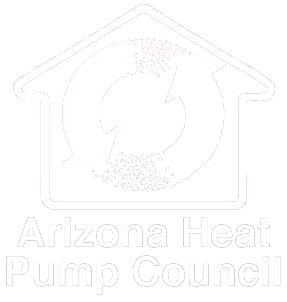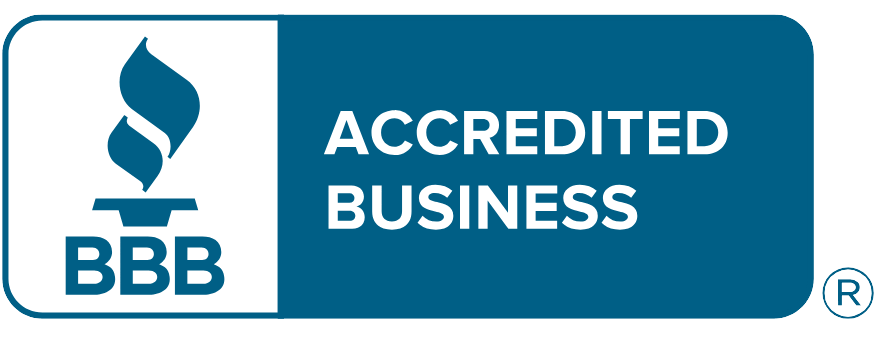 If going green or saving green are among your New Year’s resolutions, you may want to consider how you can conserve your household’s water usage. Your bathroom is a good place to start. High-efficiency, low flow toilets can help you save gallons of water each day. But many have reservations about installing them. Here are the facts.
If going green or saving green are among your New Year’s resolutions, you may want to consider how you can conserve your household’s water usage. Your bathroom is a good place to start. High-efficiency, low flow toilets can help you save gallons of water each day. But many have reservations about installing them. Here are the facts.
Less Water, More Savings
From appearances, a low flow toilet looks just the same as an older, less efficient model. The primary difference is the amount of water it uses to flush waste down the pipes. Traditional models typically use 7 gallons of water per flush. Yes, that’s per flush. So, you can quickly calculate how much water you’re flushing away by multiplying 7 x the number in your household x the number of times each day they flush. You may be quite shocked to see how large this number is!
Compare 7 gallons per flush with 1.6 gallons. That’s how much a low flow toilet uses. Some use even less. On average, low flow toilets save about 35 gallons each day. In other words, you’ll see a pretty significant drop in your water bill by making the switch.
Upfront Costs
While you will certainly save on your water bill by installing low flow toilets, you have to consider installation costs. Low flow toilets do cost more than traditional toilets. If you’re considering a bathroom remodel, you will probably want to figure this additional amount into your budget.
More Clogs?
The most common reason that homeowners choose not to install low flow toilets is because they tend to clog more often. But don’t be fooled. Yes, you may have to flush the toilet more than once every so often. However, even with multiple flushes, you will still be using significantly less water than a traditional toilet. And the best way to combat this issue is to limit the amount of toilet paper you’re trying to flush.
Still on the fence about making the move to low flow toilets? Call the experts at Cool Blew. We’re happy to provide guidance and recommendations to help you make the best decision for your home.






